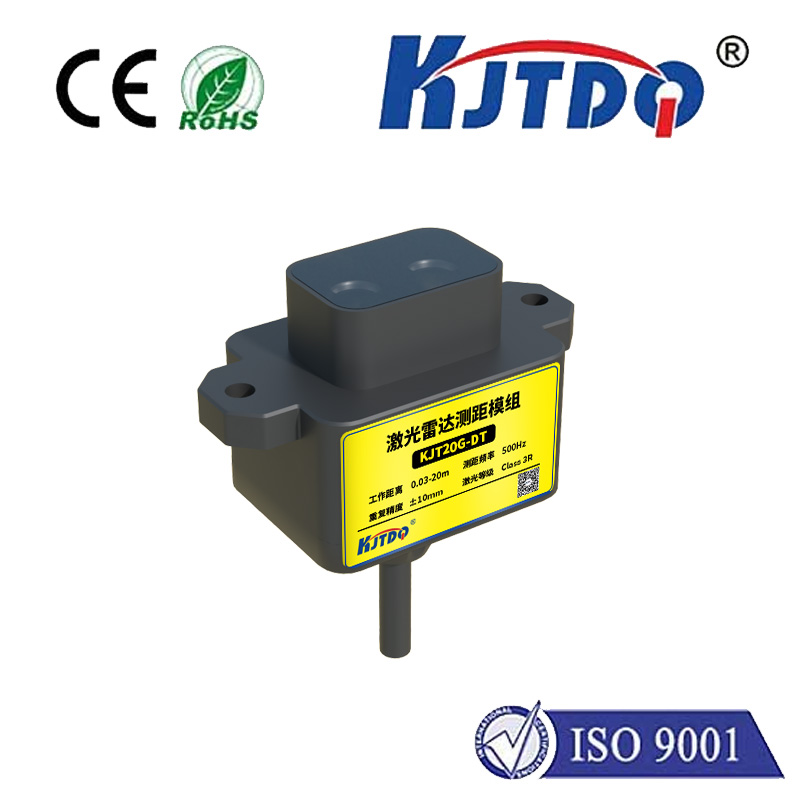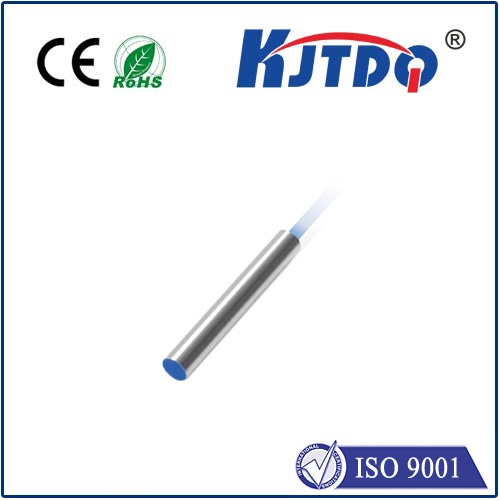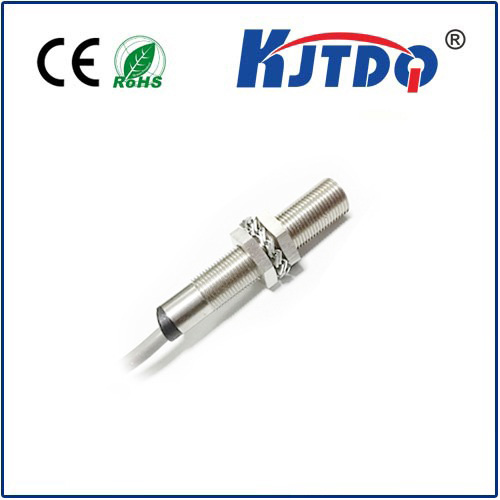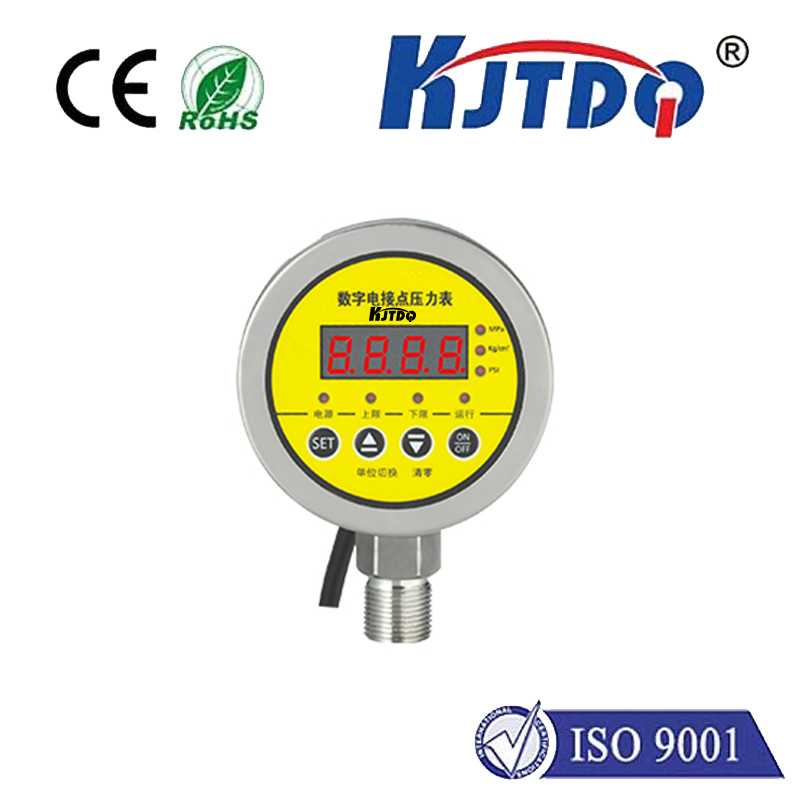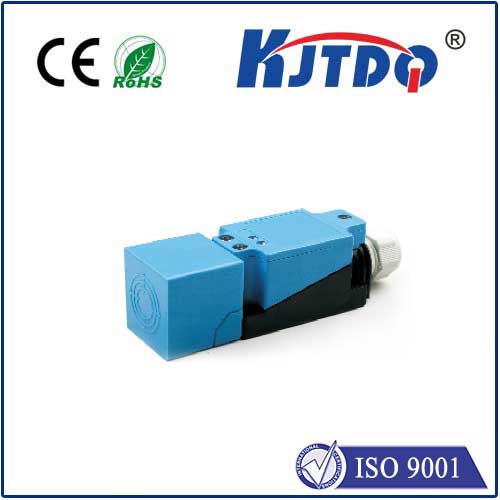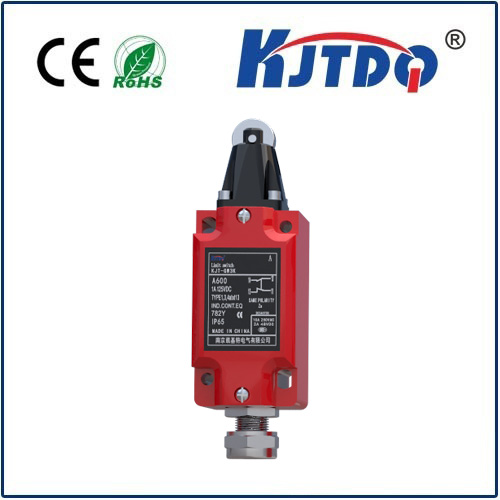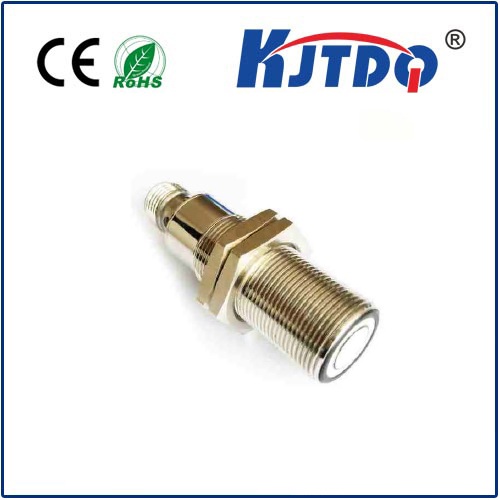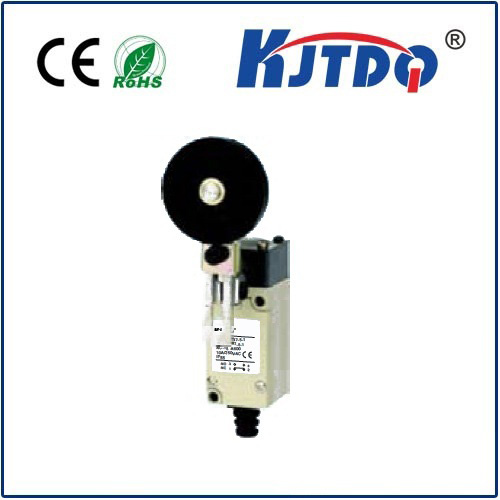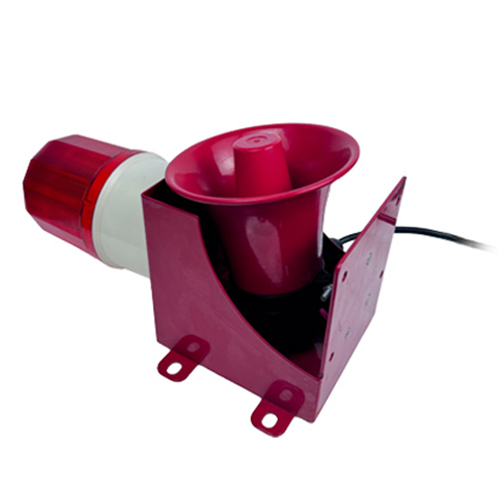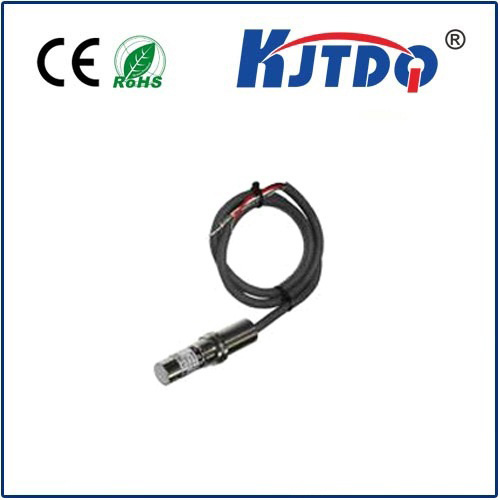fan limit control
- time:2025-07-31 04:02:09
- Нажмите:0
Fan Limit Control: Your Furnace’s Essential Safety Guardian
Picture this: It’s the coldest night of the year. Your furnace hums reassuringly, pushing warm air through the vents, keeping your home a cozy sanctuary. You’re blissfully unaware of the intense heat generated within the furnace’s combustion chamber or heat exchanger. What prevents that vital component from becoming a glowing, dangerous hazard? The unsung hero working silently behind the scenes is often the fan limit control.
This unassuming device, sometimes called a fan limit switch or simply a limit control, plays a dual critical role: ensuring efficient comfort delivery and, more importantly, acting as a fundamental safety barrier against potentially catastrophic overheating. Understanding its function is key to appreciating furnace safety and performance.
What Exactly is a Fan Limit Control?
Fundamentally, the fan limit control is an electro-mechanical switch strategically mounted within the furnace’s plenum (the main air chamber directly above the heat exchanger or burner assembly). It contains a temperature-sensitive probe or sensor that constantly monitors the plenum’s air temperature.

Think of it as a specialized thermostat designed specifically for managing furnace fan operation and enforcing critical temperature boundaries, rather than controlling room temperature. It features three distinct settings governing its actions:
- Fan ON (
FAN ON) Setting: This determines the minimum plenum temperature at which the blower fan will automatically start after a heating cycle begins. Cold air blowing immediately after ignition feels drafty and is inefficient. The fan ON delay allows the heat exchanger to warm up sufficiently to deliver genuinely warm air.
- Fan OFF (
FAN OFF) Setting: This dictates the maximum plenum temperature at which the blower fan will turn off after the burners shut down. Turning the fan off too early wastes residual heat still radiating from the hot exchanger. This setting lets the fan extract almost all useful heat before stopping.
- High Limit (
LIMIT) Setting: This is the critical safety threshold. It represents the absolute maximum safe operating temperature allowed within the plenum. If this temperature is reached or exceeded, the limit control intervenes decisively.
The Vital Safety Dance: How the Limit Function Protects Your Home
The LIMIT setting is where the fan limit control earns its title as a safety guardian. Its operation is straightforward but life-saving:
- Normal Operation: During a standard heating cycle, the burners ignite, heating the heat exchanger. Air blown across it absorbs this heat. The temperature within the plenum rises but stays well below the preset
LIMIT.
- Detecting Danger: If something impedes proper airflow (like a severely clogged air filter, blocked vents, failing blower motor, or a cracked heat exchanger leaking combustion gases) heat cannot be dissipated effectively. Plenum temperature begins to climb rapidly.
- Critical Intervention: When the temperature probe detects plenum heat reaching the
HIGH LIMIT setting, the limit control acts immediately. It cuts off power to the main gas valve or burner control circuit, shutting down the heat source. This is its primary safety function: preventing the heat exchanger from overheating to the point of failure or creating a fire hazard.
- Cooling Cycle: Even after shutting off the burners, the plenum remains extremely hot. The control will typically keep the blower fan running to forcibly cool down the plenum and heat exchanger. Only once the temperature drops back down to the
FAN OFF setting (or sometimes a separate reset point below the LIMIT) will the fan finally shut off.
- Lockout or Reset: Many modern fan limit controls enter a safety lockout mode after tripping on high limit. They will not allow the burners to reignite until the control has cooled sufficiently and/or a manual reset button is pressed. This prevents rapid cycling and gives time to identify and fix the underlying problem.
Why This Device is Non-Negotiable for Furnace Safety
The consequences of a malfunctioning or absent fan limit control can be severe:
- Heat Exchanger Failure: Extreme, uncontrolled heat can cause the metal heat exchanger to crack, warp, or even melt. This is a costly repair.
- Carbon Monoxide Poisoning: A cracked heat exchanger allows deadly combustion gases, including carbon monoxide (CO), to leak into your home’s air supply. CO is odorless, colorless, and potentially fatal. A functional limit switch is a primary defense against this silent killer.
- Fire Hazard: Overheated components within the furnace cabinet can potentially ignite surrounding materials or cause electrical fires.
- System Damage: Continuous overheating accelerates wear and tear on vital components like the blower motor, wiring, and even the control board.
Signs Your Fan Limit Control Might Be Failing
While robust, fan limit controls can wear out or malfunction. Be alert for these symptoms:
- Furnace Short Cycling: The furnace frequently starts (burners ignite) but shuts off after only a very short period (before reaching thermostat setpoint), then tries again repeatedly. This can signal a limit tripping prematurely.
- Fan Running Constantly: The blower fan never shuts off, regardless of whether the burners are firing or not. This could indicate a stuck “Fan ON” circuit or a limit switch failing to break the fan circuit.
- Furnace Won’t Start (Locked Out): The furnace doesn’t respond to thermostat calls for heat, potentially after a recent overheating incident. Check if the limit control is in lockout mode (often indicated by a red reset button protruding).
- No Heat or Intermittent Heat: Failure within the switch can break the circuit powering the gas valve.
- Unexpected Shutdowns During Operation: The furnace stops heating unexpectedly mid-cycle, especially during colder weather or when airflow seems restricted.
Maintenance and Replacement: Leave it to the Pros
- Regular HVAC Maintenance: The single best way to protect your fan limit control and overall furnace health is annual professional maintenance. A technician will clean components, check airflow, verify safe and correct operation of the limit control settings, and spot potential problems early. Changing your air filter monthly during peak seasons is crucial DIY maintenance.
- Never Ignore Problems: If you suspect an issue with your furnace or its limit control, shut it down and call a qualified HVAC technician immediately. Safety systems are not something to gamble with.
- Professional Replacement: If the control fails, replacement requires specific knowledge of furnace wiring and safety protocols. Technicians also calibrate the new control’s settings (
FAN ON, FAN OFF, LIMIT) precisely to your furnace model and specifications; incorrect settings compromise safety and performance.

